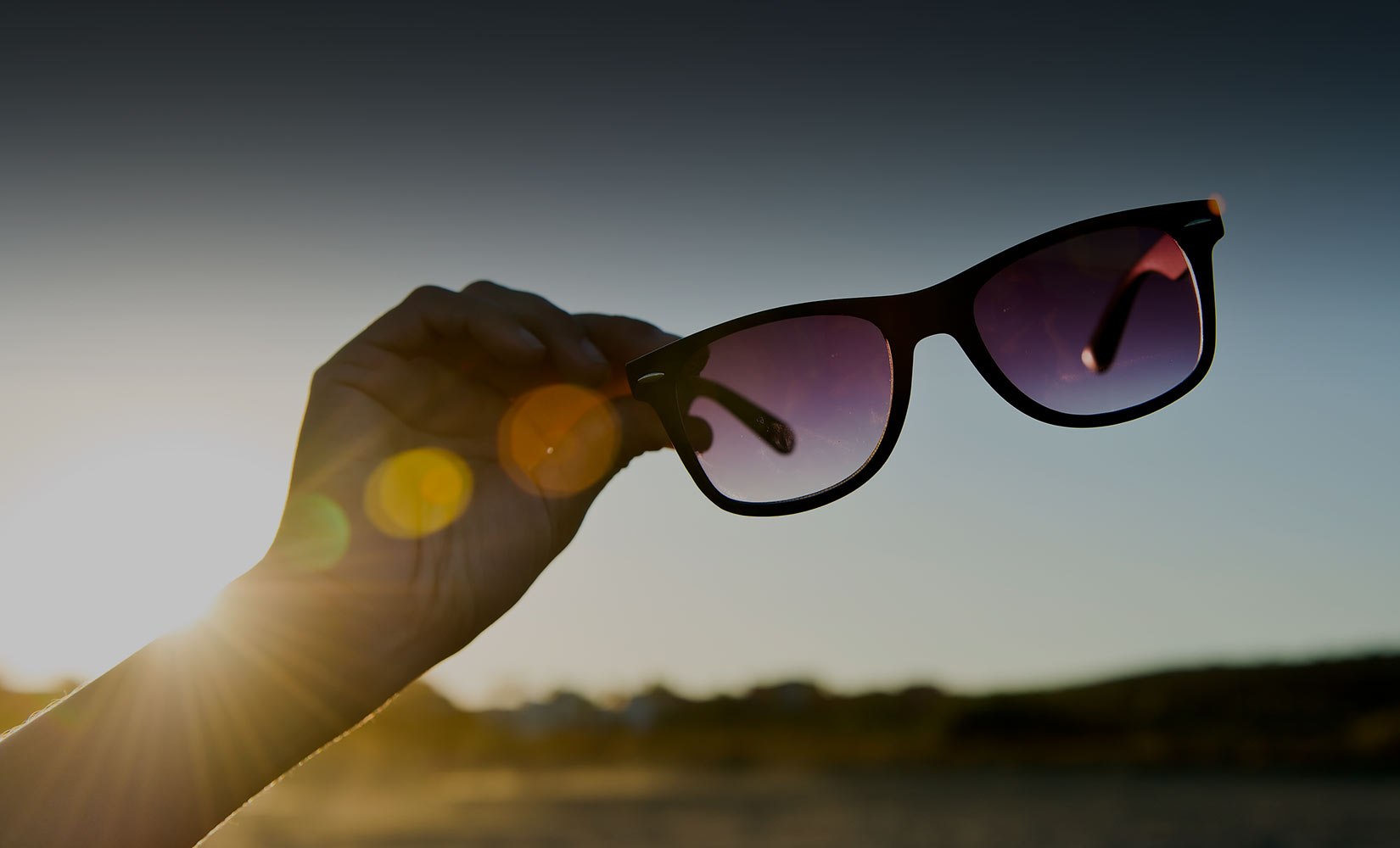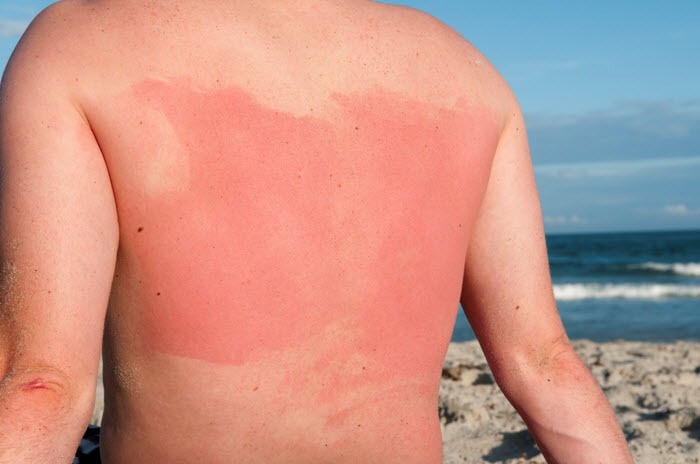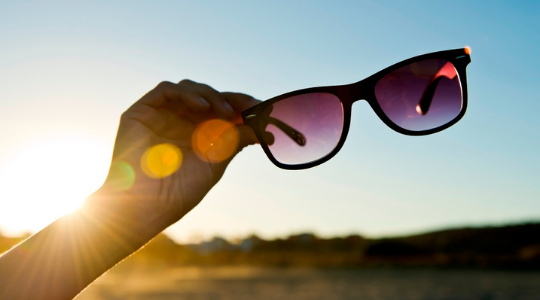
Sun Protection
Sunburn First Aid
Find out how best to treat your skin if you do experience sunburn, heat exhaustion or heat stroke.
Sunburn

- First, get out and stay out of the sun. Sponge sore skin with cool water, then apply soothing after sun or calamine lotion.
- Wear lightweight loose clothes to avoid irritating the skin and drink plenty of fluids.
- Take painkillers such as ibuprofen or paracetamol to relieve any pain, aspirin should not be given to children under 16.
- Get medical advice is you feel unwell or the skin blisters.
Heat exhaustion
Heat exhaustion is the result of over exertion in high temperatures. Symptoms include dizziness, headaches, muscular cramps in the lower legs and feeling faint. If a person faints lie them down in a cool place and give sips of cold water to drink. If they worsen seek medical advice.
Heatstroke
Heat stroke is where the body is no longer able to cool itself and a person’s body temperature becomes dangerously high.
Heat stroke is less common than heat exhaustion but more serious. Symptoms are flu-like and include dizziness and nausea. The person will have a temperature and look flushed but their skin remains dry.
- First cool the person down, take them to a cool place, loosen or remove outer clothing. Place the person in a half-sitting position, supporting their head and shoulders.
- Bathe arms, forehead and chest with cool water.
- Children should be stripped down and wrapped in a wet towel.
- If symptoms persist seek medical help.

CARE IN THE SUN
RISK FACTORS
Anyone can develop skin cancer, whatever their skin colour. However, certain skin types are more at risk from the effects of UV radiation than others.
SKIN PROTECTION
Too much ultraviolet (UV) light, either from natural sunlight or from artificial sources such as sunbeds, is the main cause of 80% of skin cancers.
SUNBEDS
Sunbeds, tanning booths and sun lamps give out ultraviolet (UV) rays that can damage your skin and can make it look wrinkled, older or leathery.

